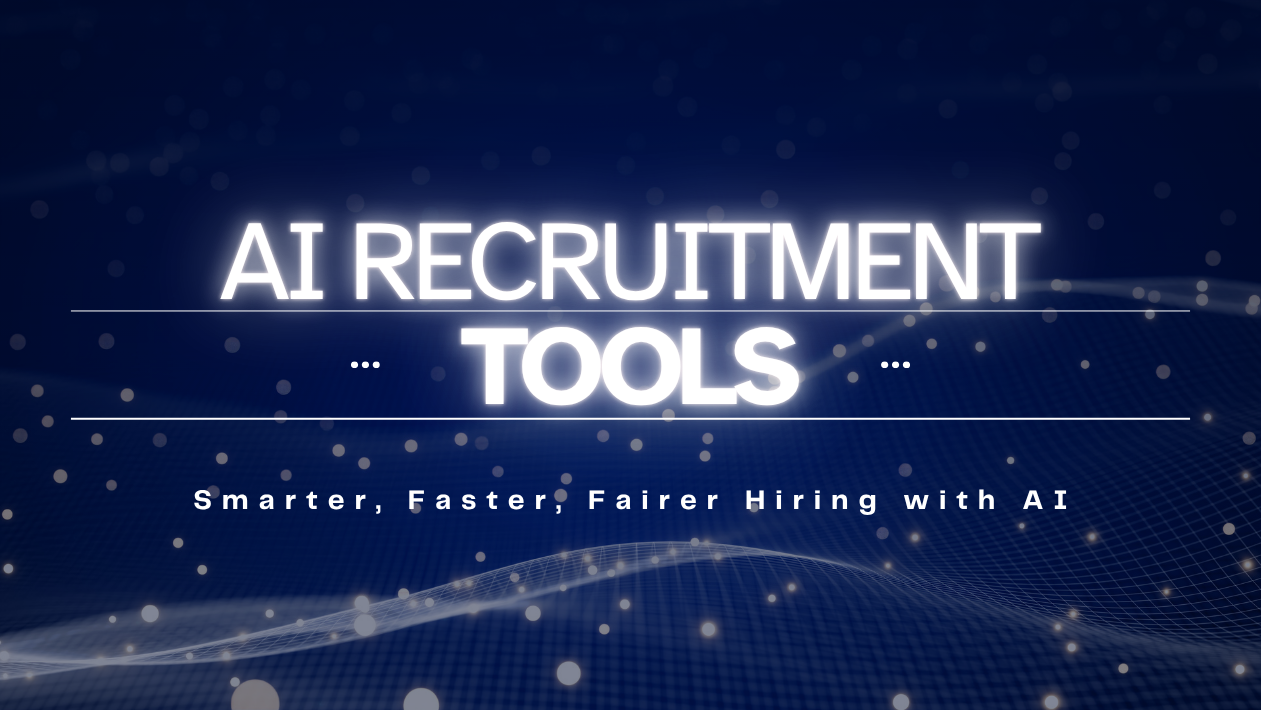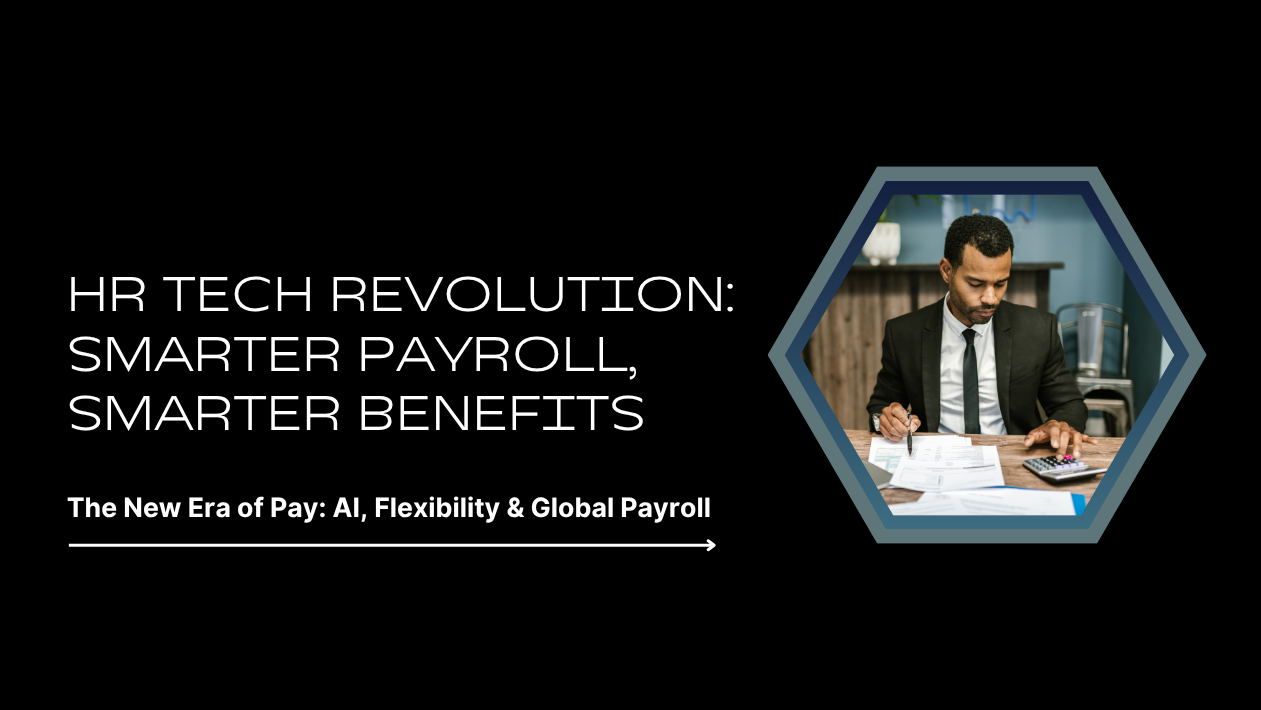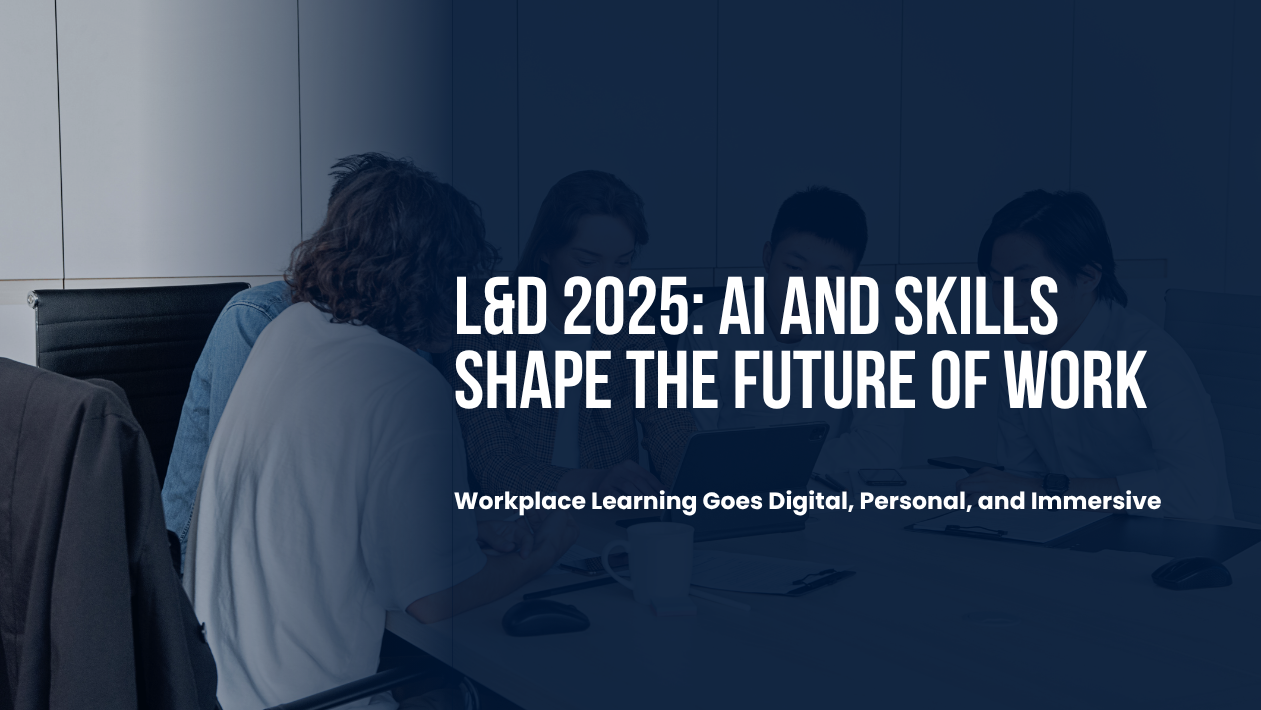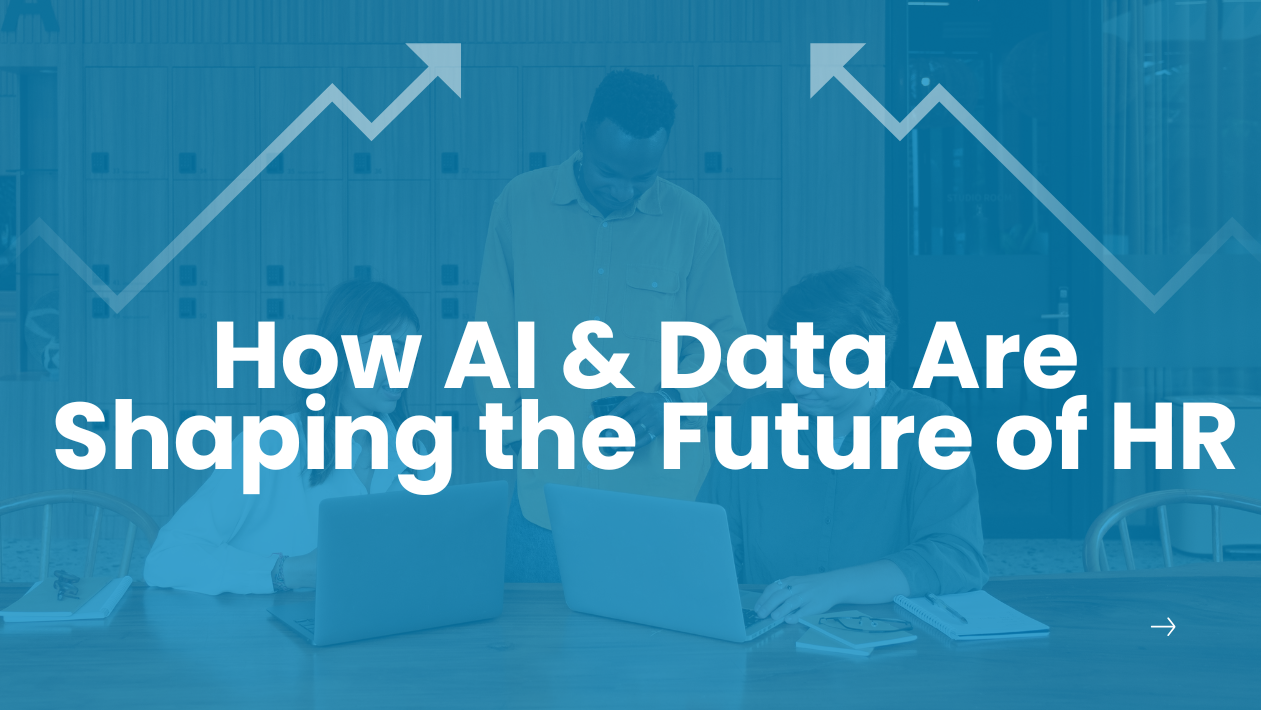In 2025, HR analytics is no longer a niche function—it’s a strategic pillar for organizations focused on improving talent retention, performance, and organizational agility. Armed with powerful data tools and AI-driven insights, HR leaders are shifting from intuition-based decisions to evidence-backed workforce strategies.
According to Gartner, over 70% of large enterprises now use predictive analytics to drive HR initiatives, from hiring and engagement to succession planning.
Predictive Analytics Improve Hiring and Retention
By analyzing historical data and behavioral patterns, companies are predicting which candidates are most likely to succeed—and which employees are at risk of attrition. Platforms like Visier, Eightfold, and Humu offer real-time dashboards that connect performance, engagement, and turnover trends, enabling proactive interventions.
This predictive power helps organizations reduce turnover, improve diversity in hiring, and refine workforce planning.
AI-Powered People Analytics in Action
Advanced analytics platforms now incorporate natural language processing (NLP) and machine learning to analyze open-ended employee feedback from surveys, emails, and chat tools. These tools surface hidden sentiment trends, such as burnout risk or leadership gaps, before they affect productivity or morale.
For example, sentiment analysis might reveal declining morale in a department—prompting leadership to review workloads or communication issues.
Skills Intelligence Becomes a Core Metric
Skills-based organizations are now using HR analytics to map internal capabilities, identify skills gaps, and forecast future skill needs. This enables targeted learning paths and smarter internal mobility, ensuring employees evolve with the company’s changing needs.
Firms like IBM and Unilever have adopted skills cloud platforms to integrate analytics into learning and development programs.
Engagement, DEI, and Performance Benchmarked by Data
HR leaders are tracking diversity, equity, and inclusion (DEI) metrics alongside performance and engagement to identify systemic disparities. Data dashboards allow real-time monitoring of gender pay gaps, promotion rates, and engagement scores across departments and demographics.
This transparency helps build more equitable workplaces and drives measurable DEI progress.
From Reactive to Strategic HR
With powerful analytics, HR teams are moving from reactive problem-solving to proactive strategy. Whether forecasting hiring needs, analyzing the ROI of employee benefits, or optimizing hybrid work policies, data is now central to agile decision-making.
Outlook: The Rise of the Data-Driven CHRO
As HR analytics matures, the Chief Human Resources Officer (CHRO) is evolving into a data-savvy business leader, working alongside the CFO and CIO to align people strategy with overall business goals. The organizations that succeed in 2025 will be those that treat talent data as business-critical intelligence.





